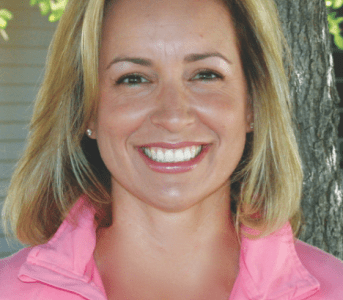
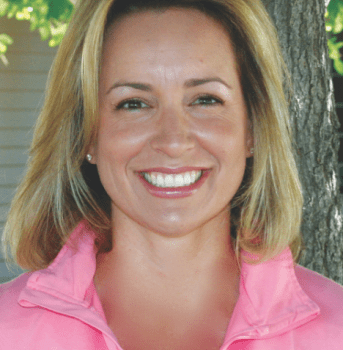
The Invisible Recovery
Health & Fitness January 16, 2015 SportStars 0

Healing from an injury takes as much mental strength as it does physical
GET MENTAL : Erika Carlson
It’s no secret that injury rates in youth sports are exploding. ACL tears have gotten a lot of attention in the media. According to US Youth Soccer, females are indeed more susceptible to ACL injuries; most studies report that females are four to eight times more likely to tear this ligament.
With the majority of my clients being elite female athletes, sadly I see too many injured athletes in my office. Over the last three years I have even hosted injured athletes group sessions to help athletes deal with the mental side of their injury.
The mental side of injury can be tricky, some say even more tricky than dealing with the physical side. Why? Because it’s invisible. When a physical injury occurs and the associated pain is present, you can touch it, feel it and create timelines for its expected recovery. It’s a process “” a well understood process.
On the other hand, most athletes never get any help with the mental issues that come along with major injury. Thinking often sounds like this, “Will I ever be as good as I was?” “Will I lose my place on the team?” “Will my knee ever be strong enough?” “Will I get injured again?”
Emotionally, athletes feel sad and depressed that they can’t train hard and get on the field to compete. They feel a strong sense of loss and sometimes excluded from their team, training, and friends. Additionally, they have often lost their No. 1 coping mechanism “” exercise. Ironically, as athletes make good progress on their physical healing, often times the mental and emotional issues get worse. Adding further insult to injury are the well-intended people surrounding the athlete. “You’ll be better soon!” “You’re getting around just fine!” “You’re tough, you’ll be fine!” What is meant to be helpful and supportive, can leave the injured athlete feeling alienated and alone … “They just don’t get it.”
How can an athlete best navigate the mental and emotional side of injury rehabilitation and recovery?
>> Program confidence “” Your Physical Therapist will be your guide through your rehabilitation. This should be someone you like and trust. There are lots of good ones out there, find an excellent one.
>> Stick to your plan “” Do every thing you need to do and nothing you don’t.
>> Physical confidence “” Build and believe in your body. As your body makes progress, add in positive self-talk (“I feel strong!” “I can complete my whole workout.” “I’m ready to run!”)
>> Return to sport confidence “” This can be the scariest of all phases. Take it one step at a time. No contact, light contact and finally, full contact. YOU WILL succeed. Believe it!
>> Get social support “” Finding others who are going through, or who have been through, the process can be your best bet. It’s a tough journey, but many athletes have been through it successfully.
>> Prepare for adversity before it strikes “” Mental toughness is the key to a successful journey through sport. When adversity strikes “” especially injury “” managing your mental game can be the key to a successful rehabilitation and return to sport.
Check out the rest of the article in our digital edition of SportStars Magazine: The Invisible Recovery
Previous Article: Are You Ready?

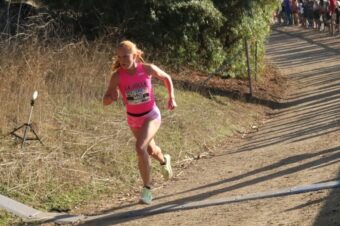
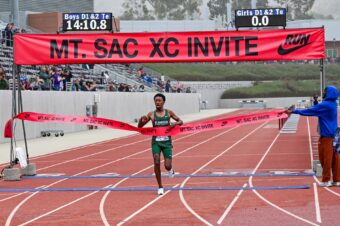

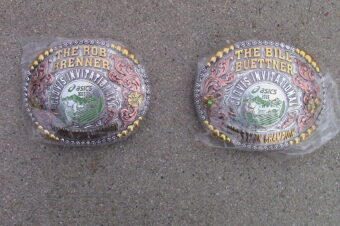
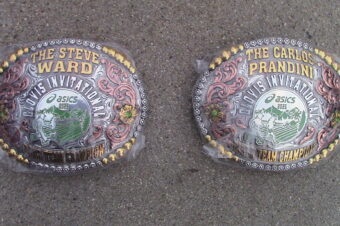

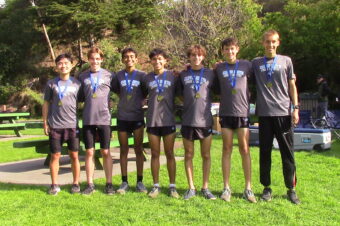
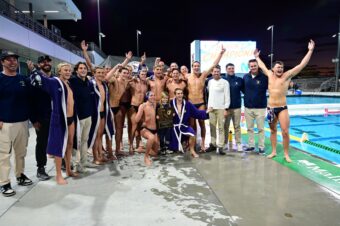
No comments so far.
Be first to leave comment below.